Alice in Wonderland has a strong hold on our popular culture. Over a century has passed since it and the sequel Through the Looking Glass were written and Alice’s strange journeys charm us still. How many times can we reinterpret this book on screen? It seems to be an endless source of inspiration and the fact that it has been adapted again and again is a testament to the greatness of Lewis Carroll’s works.
Charles Lutwidge Dodgson, known as Lewis Carroll, had several Pre-Raphaelite connections. An avid photographer in the early days of the medium, he photographed his Pre-Raphaelite friends and other great Victorians: Millais, Rossetti, Tennyson, Ruskin, Ellen Terry and more.
Author Dinah Roe brilliantly incorporates Carroll’s photography session with Rossetti clan in her book The Rossettis In Wonderland: A Victorian Family History. A must-read if you haven’t experienced yet.
In 1865, the author presented a copy of Alice in Wonderland to Christina Rossetti, who loved both the White Rabbit and the puppy, but wrote “of the hatter’s acquaintance I am not ambitious, and the march hare may fairly remain an open question.” Dante Gabriel Rossetti found Carroll’s verse parodies delightful. Sadly, in the 1870s DGR was in failing physical and mental health. Gripped by paranoia he misunderstood Carroll’s The Hunting of the Snark, fearing it was a critical attack.
Carroll was also friends with artist Arthur Hughes, who had illustrated the works of Christina Rossetti and George MacDonald, both of whom were also friendly with Carroll. He owned Hughes’ painting, The Lady with the Lilacs, which hung in his Christ Church rooms until his death.
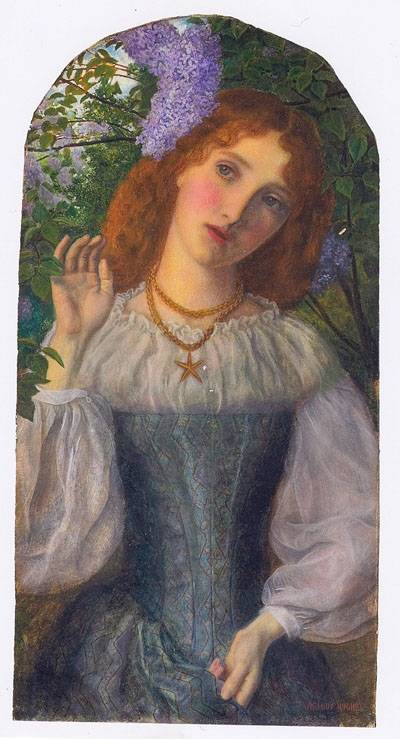
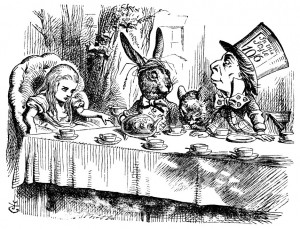
It is possible that the inspiration for the dormouse in Alice in Wonderland was none other than Dante Gabriel Rossetti’s wombat. The source of this belief can be traced to artist Ford Madox Brown.
“The beast that made the greatest impression, at least on Madox Brown, was the singularly inactive marsupial known as the wombat – an animal that seems to have exercised a latent fascination on the Rossettian mind. On high days and holiday banquets it occupied a place of honour on the épergne in the centre of the table, where, with imperturbable equanimity, it would remain dormant. On one occasion, however, it belied its character. Descending unobserved, during a heated post-prandial discussion, it proceeded in leisurely fashion to devour the entire contents of a valuable box of cigars, achieving that feat just in time for the exhaustion of the subject under consideration and consequent attention to things mundane.
If Madox Brown may be believed, the wombat of Rossetti was the prototype of the dormouse in ‘Alice in Wonderland,’ the author of which beloved work was a frequent visitor of Rossetti’s household at Chelsea. The ‘ Alice ‘ books exercised an even greater fascination over Rossetti and for that matter over Madox Brown than the historic wombat had done …” (Ford Madox Brown: A Record of His Life and Work, written by his grandson Ford Madox Ford)
I haven’t found any other contemporary sources that confirm or deny the wombat/dormouse theory, but Lewis Carroll was a visitor of Rossetti’s household and may have been inspired to incorporate members of the strange animal menagerie into his story. Meals at Cheyne Walk were notorious, china was flung during arguments and Rossetti’s large appetite seemed grotesque to some of his friends. Could dining with Rossetti have partially inspired the Hatter’s tea party?
Kirsty Stonell Walker has an excellent post about Alice and the Hatter: We’re All Mad Here.
Doubling and mirroring appear often in Pre-Raphaelite works. In fact, Rossetti’s home was filled with mirrors. Did this have any influence at all on Alice’s second adventure, Through the Looking Glass?
We can see doubling, for example, in Rossetti’s How The Met Themselves and Astarte Syriaca.
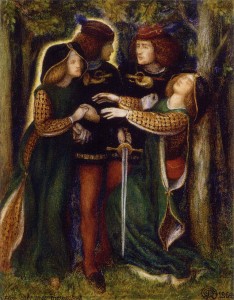
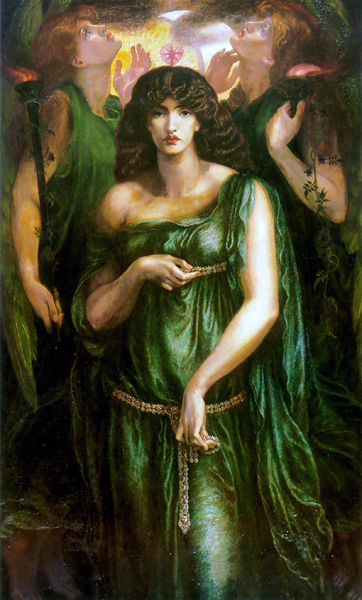
Except when Alice enters the looking-glass, she is not doubled. She remains herself in a mirrored world.
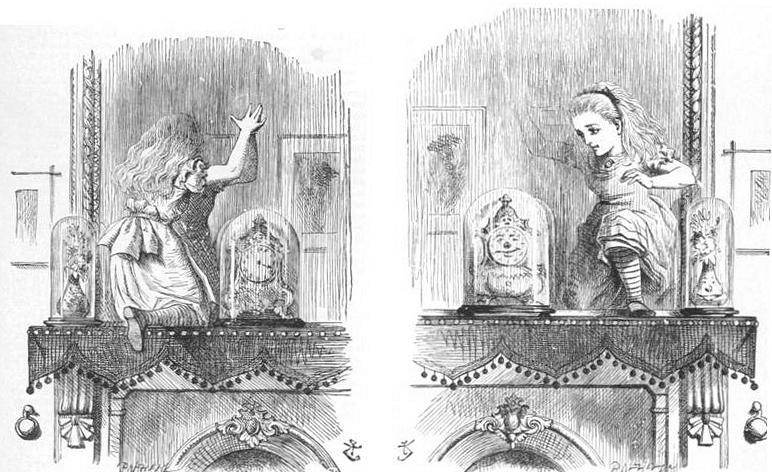
Mirrors are prevalent in Pre-Raphaelite art. There are mundane mirrors that reflect another portion of the room and there are magical mirrors such as in Lady Lilith or the Lady of Shalott. In the Lady of Shalott’s case, she is doomed to view life through a mirror that shows hazy reflections of real life. Once she dares to stop, the mirror cracks and the curse kills her. In contrast, Alice actually enters her mirror, finding herself in a looking-glass world. Not ending her life, but experiencing a surreal version of it.
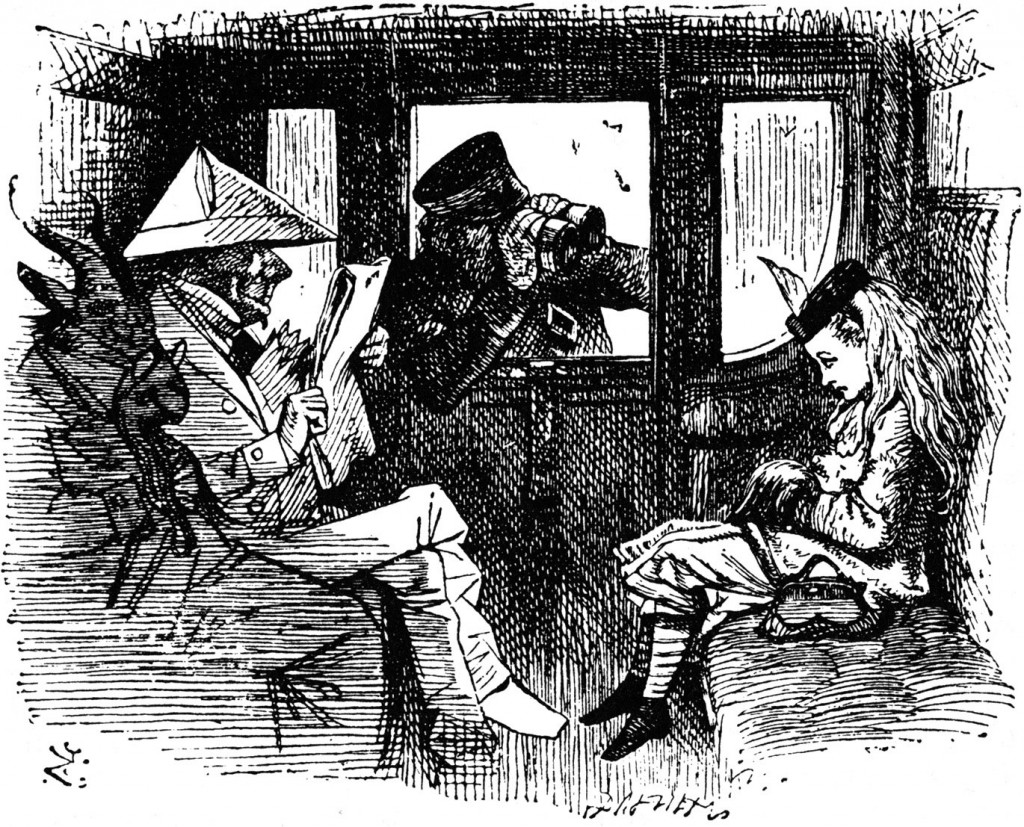
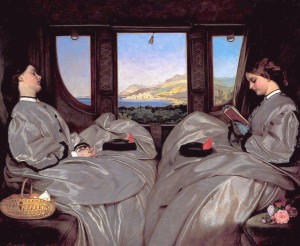
While I don’t believe Pre-Raphaelite works to be the driving inspiration behind Carroll’s books, it is interesting to look for similarities and themes. To this day, picking apart the Alice tales is a compelling act for millions of fans. Lewis Carroll’s creations are fascinating with their combination of nonsense, wit, dreams, mathematics, and chess. The author himself is a puzzle who is often maligned and misunderstood.
Charles Lutwidge Dodgson once said “One of the deep secrets of life is that all that is really worth the doing is what we do for others.” No matter what, I think we can all agree that he gave the world a beautiful, surreal gift that continues to give.
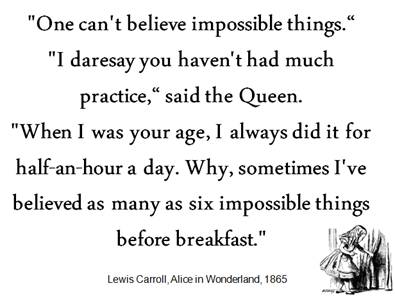

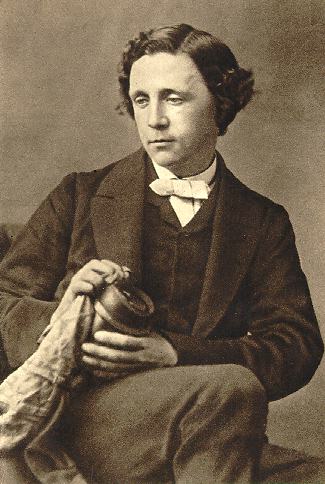
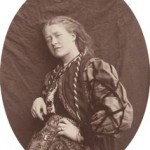
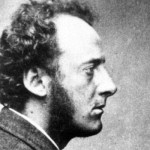
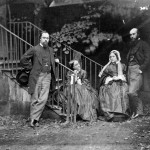
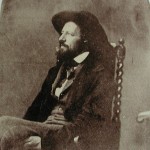
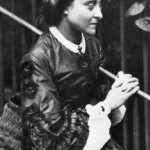
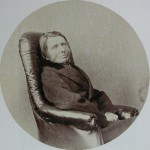
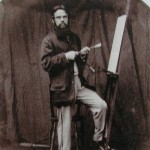
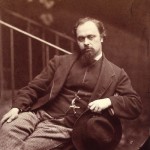
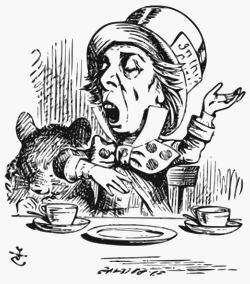

I find your Pre-Raphaelite Sisterhood fascinating. When I was at Brown in 1954 I remember having to read a book on the romantic poets. I hated the poetry so much I flung the book across the room.
But because of your link to The Lady of Shalott I read Tennyson’s poem of that name with an interest I wish I had been able to find in my book-flinging days.
I like the way you put in the links so the reader can look things up. I ended up stashing the poem – both versions – the Waterhouse painting of the heroine in the boat, the Video about her and Loreena video in a folder dedicated to the Lady of Shalott. The damsel in the boat might fit in with a computer-altered series of large photos I’m doing on what I call the Swamp. I’ve already done one of Ophelia inspired by John Everett Millais, using my beautiful 15-year-old granddaughter as the model. The scene is shifted to a Northern swamp in winter. I’m rambling. But thanks for the blog.
I loved your article, you have a wonderful style and your insight is illuminating, in your own right. Thank you for sharing information, I honestly wouldn’t known. All of my life “Alice in Wonderland” has been one of my most favorite books, you have given me more of gift…by sharing your depth, research and love of the whimsical.
I liked your Tenniel/Egg comparison and posted a link to your blog article here: http://thecarrollforum.proboards.com/post/1266/thread
I also don’t believe Pre-Raphaelite works to be the driving inspiration behind Carroll’s books. But illustrators may have referenced to various earlier works of art for the same reason a Tom Stoppard filles his dramas with allusions to earlier writers and a Mahendra Singh masterfully (and openly) integratd earlier visual art into his contemporary Snark GN. It’s fun for the artist and for his audience.
By the way, Henry Holiday’s illustrations to “The Hunting of the Snark” introduced my to the Pre-Raphaelites. Their paintings at the first glance looked like kitsch to me. Luckily I didn’t stop there.
Best regards from Munich
Goetz
I think that not only Jon Tenniel, but more so Henry Holiday alluded to Pre-Raphaelite art: http://blog.snrk.de/category/miscellaneous/pre-raphaelites
Again best regards from Munich
Goetz
Hello Stephanie. I was truly excited to be alerted to your delightful and insightful article. I have just re-released a novel I published in 2003 (Squeezing through) The Looking Glass where I explore aspects of social control and madness through an Alice like psychotic episode but using humour and farce. I also touch on allegory in Botticelli’s Primavera, later in the book, but was unaware of Dodgson’s links to the Preraphaelites until I saw your article. The Looking Glass is available already in Kindle free to download for a limited period. I will certainly do more research on this interesting link and fascinating art movement. Thanks for sharing. Best Susan
According to Ford Maddox Ford, the Dormouse can’t have been based on Rosetti’s wombat, as he didn’t acquire it until 1869
http://www.lewiscarroll.org/2012/05/08/g-a-h-gardners-annotations-hyperlinked-the-dormouse-and-dante-gabriel-rossettis-wombat/
Learned a few new interesting points from your article such as Rossetti s home with the mirrors and the wombat. I m always looking for new angles to tell stories and insights to relate the story behind the story of Alice and the writer to Oxford s heritage. Of course, visiting Oxford, you can see many of the pre Raphaelite artists works in the various chapels of the colleges. Its said that Alice Liddell s brother received art lessons from John Ruskin. When I take folks on bike tours and walking tours, I like to point out all these sights and stories. Thanks for a great short article!
Thank you so much for your comment! I hope I get to have you as a tour guide some day 🙂
Hello.
A very interesting article indeed. I find the subject quite interesting.
Here is an indirectly related article in which both Lewis Carroll and the Pre-Raphaelite brotherhood are concerned:
https://wittevlinders.wordpress.com
.